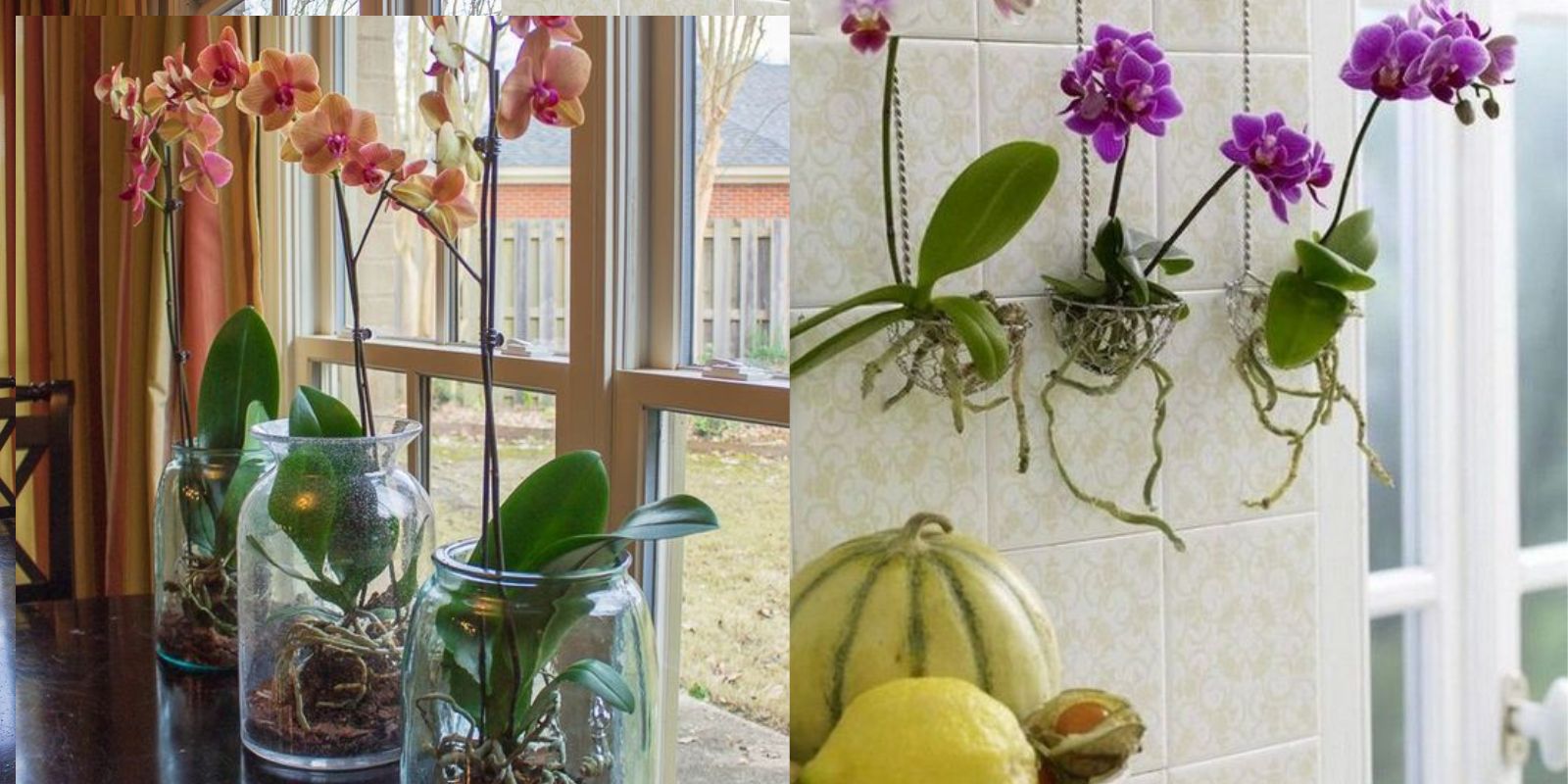Orchids are prized for their stunning blooms and exotic allure, but they can also be challenging to propagate. However, one method that has gained popularity among orchid enthusiasts is propagating orchids from old, withered stems. This method not only allows you to rejuvenate old orchids but also offers a practical way to expand your orchid collection without relying solely on purchasing new plants. In this article, we will explore the step-by-step process of propagating orchids from old, withered stems and provide insights into successfully cultivating these beautiful plants at home.
Introduction to Orchid Propagation from Old Stems
Propagating orchids from old, withered stems involves taking advantage of the plant’s natural ability to produce new growth from dormant nodes along the stem. This method is particularly useful for orchids that have finished blooming and are showing signs of decline. By selecting healthy sections of the stem and providing the right conditions for growth, you can encourage the orchid to produce new shoots and roots, ultimately leading to a rejuvenated and thriving plant.
Steps to Propagate Orchids from Old, Withered Stems
- Selecting Healthy Orchid Stems: Choose orchid stems that have finished flowering and are starting to wither but are still firm and healthy-looking. Look for stems with visible nodes, which are small bumps where new growth can emerge.
- Preparing the Potting Medium: Use a well-draining orchid potting mix or create a mixture of sphagnum moss and perlite. Ensure the potting medium provides good aeration and retains moisture without becoming waterlogged.
- Cutting and Treating the Stems: With clean, sharp scissors or pruning shears, carefully cut the old orchid stem into sections, making sure each section contains at least one healthy node. Nodes are critical as they are potential points from which new roots and shoots will develop. After cutting, apply a rooting hormone to the cut ends to stimulate root growth.
- Planting the Stem Sections: Plant the treated orchid stem sections in small pots filled with the prepared potting medium. Place each section vertically in the pot, ensuring the node is in contact with the potting medium and the cut end is slightly buried. Firm the potting medium around the stem to provide stability.
- Providing Optimal Growing Conditions: Place the pots in a warm and humid environment with indirect light. Orchids prefer temperatures between 65°F to 75°F (18°C to 24°C) and high humidity levels. Avoid direct sunlight, as it can scorch the delicate new growth.
- Watering and Humidity: Keep the potting medium consistently moist but not waterlogged. Orchids are sensitive to overwatering, which can lead to root rot. Maintain high humidity by misting the plants regularly or placing them on a humidity tray filled with water and pebbles.
- Monitoring and Care: Monitor the stem sections regularly for signs of new growth. Within a few weeks to months, depending on the orchid species and environmental conditions, you should see new roots emerging from the nodes and potentially new shoots or leaves forming.
- Transplanting and Growth: Once the new growth is well-established with roots at least an inch long, transplant the orchids into larger pots or their permanent containers. Continue to provide regular orchid care, including appropriate watering, fertilizing, and monitoring for pests and diseases.
Motivation for Orchid Enthusiasts
Propagating orchids from old, withered stems offers a rewarding opportunity to rejuvenate beloved plants and expand your orchid collection. It’s a fascinating process that allows you to witness the resilience and adaptability of orchids firsthand. By sharing your experiences and insights with fellow orchid enthusiasts, you can contribute to the collective knowledge and enjoyment of cultivating these exquisite plants.
Conclusion
Propagating orchids from old, withered stems is both an art and a science that requires patience, attention to detail, and a nurturing approach. By following the steps outlined in this article and adapting them to the specific needs of your orchids, you can successfully propagate new plants and enjoy the beauty of orchids in your home or garden year-round. Embrace the challenge of orchid propagation and discover the joy of growing these extraordinary plants from old, withered stems.
Join our community of orchid enthusiasts to share your journey, exchange tips, and celebrate the beauty of orchids together. Happy propagating!
This article provides a comprehensive guide to successfully propagating orchids from old, withered stems, emphasizing the steps involved and the rewards of this gardening endeavor.

